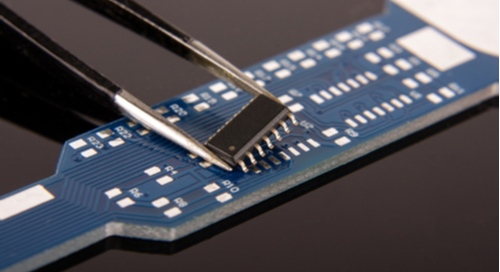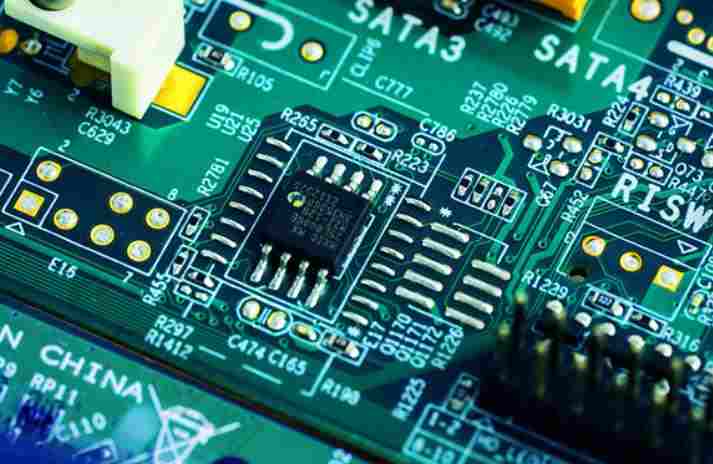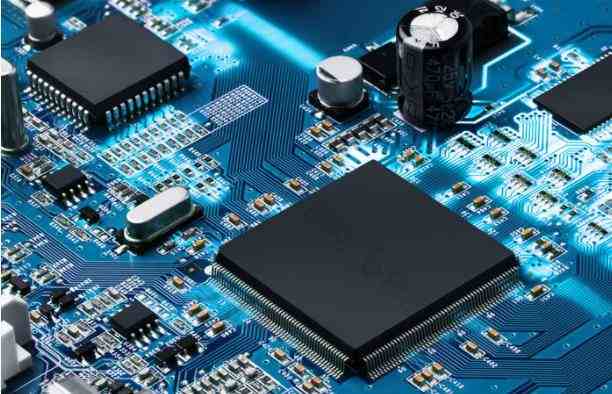
PCBA factory: PCB welding type and assembly process
PCB manufacturing process involves many steps, from bare board manufacturing to assembly and packaging. As part of PCB assembly, there are different types of PCB solders for installing components. Different solders have different mechanical properties, safety precautions and disposal issues that should be considered when planning assembly. The transition to lead-free electronic products is promoting the application of lead based solders.
Because there is a lot to say on the Internet, I will not enter the lead based debate and lead-free debate. Now, let's continue to study different types of PCB welding, especially different materials and processes.
PCB welding materials
There are many different kinds of solders on the market. For new designers or assemblers, selecting the best type of solder seems to be an arduous task. Solder is used to make molten solder (a soft alloy) form eutectic, which melts when cooled, thus establishing an electrical connection between metal contacts. The metal mixture that constitutes the solder will determine the mechanical strength after curing, the required melting temperature, and the smoke emitted during welding. We can distinguish the types of PCB welding materials by core materials, metal components and flux types.

Metal content
The lead solder mixture is called soft solder and is responsible for starting the electronics industry. Their melting point is about 180-190 ° C and their shelf life is about 2 years. Common lead based solder alloys include:
60/40 Sn/Pb
63/37 Sn/Pb
62/36/2 Tin/Lead/Silver
Other Sn/Pb ratios include 50/50, 30/70 and 10/90. Tin is mainly used as a base metal because it makes the alloy have a lower melting point, while lead inhibits the growth of tin whiskers. Higher tin concentration ensures higher shear strength and tensile strength of solder joints. The silver component in 62/36/2 Sn/Pb/Ag has low contact resistance and corrosion resistance. Please note that there are other types of solders (indium, zinc alloy, etc.), but they are not used on PCB because they are incompatible with PCB manufacturing process.
Since the European Union adopted the Restriction of Hazardous Substances (RoHS) Directive, lead-free solders have become increasingly popular, which limits the use of lead in electronic products. One problem with lead-free solders is that they are more likely to form tin whiskers. Conformal coatings are commonly used to prevent the formation of these tin whiskers and to provide moisture and corrosion protection.
Flux cored solder is sold as a single reel, and the core contains a reducing agent. This reductant (which I will discuss below) removes any oxide film from the metal contact to ensure a highly conductive electrical contact. If manual welding is required, another point to consider is the type of material contained in the core.
Welding core material
Solder paste or solder paste spool will contain one of the following types of materials to make metal contact flux during welding:
Organic acid flux: Acid based flux ensures active removal of oxides from metal contacts during welding. This flux is water-soluble, and the residue needs to be removed after welding to prevent corrosion.
Rosin flux: Rosin is a solid resin derived from conifers. Rosin flux residues will not cause corrosion, so as long as it is difficult to remove residues from organic acid flux, it can be used.
Solid solder: Some solder wires have solid solder and do not contain any flux, so it is necessary to apply flux by hand. As long as there is flux, this solder can be used for manual welding.
Today, the most common type of solder is lead-free (Sn Cu) rosin core solder. Unless your assembler uses disposable circuit boards or assembles his own circuit boards, you will not weld PCBA by hand. Instead, it goes through an automated process:
Wave soldering: used for through-hole components
Reflow welding: used for SMT components in the reflow furnace
Selective welding: used when through-hole components may be damaged due to high temperature or are not suitable for wave soldering and reflow soldering processes
Automatic selective welding of some through hole components.
First, the flux/solder paste is applied to the metal contacts on the board to reduce oxidation and even make the molten solder flow evenly, thus enhancing the strength of the finished solder joints. Most designers may assume that you need to use lead-free solder paste to assemble lead-free lead wire parts, but this is not a strict requirement. According to the welding expert group, it is not uncommon to mix these materials, although it should be known that the mechanical properties of the final alloy may be between the final Pb based alloy and the alloy without Pb. PCB Assembly and PCB design factories explain the type and assembly process of PCB welding, from bare board manufacturing to assembly and packaging.






